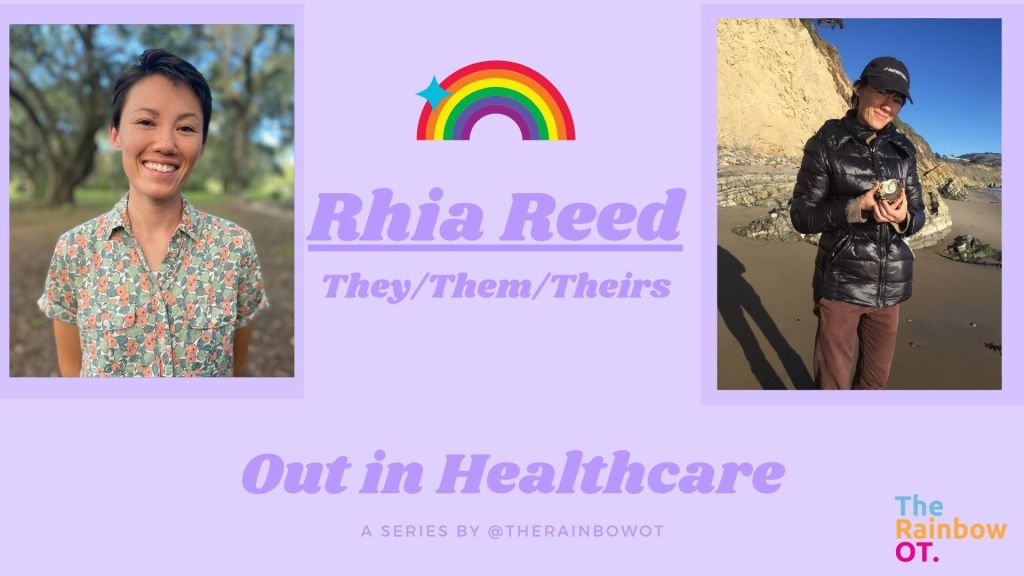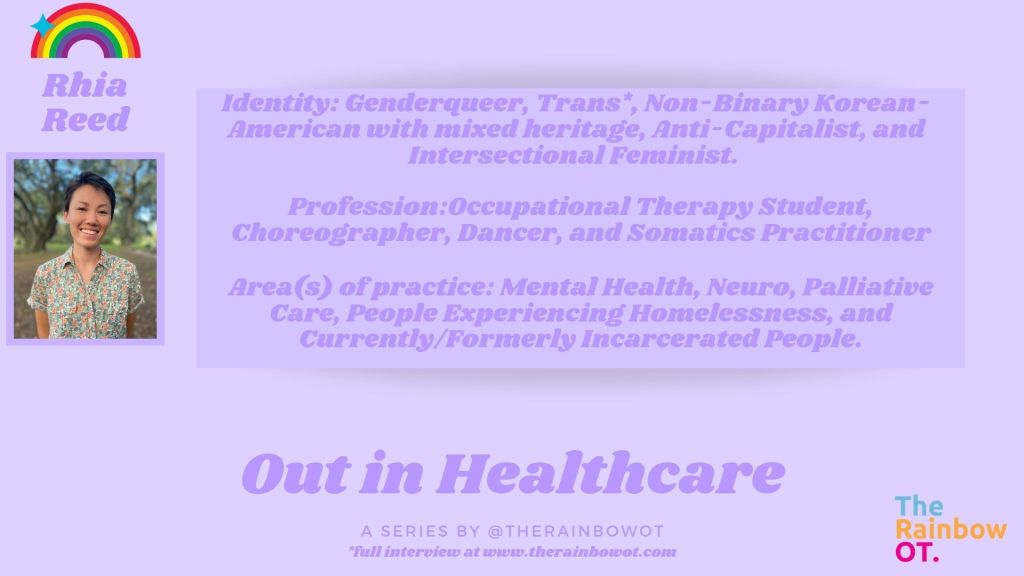Inclusive Intake Forms
Imagine arriving to an office or facility for a medical or related appointment, interacting with the receptionist, receiving an intake form, and already having experienced more than one trauma based on the language used when referring to you or by the information on the paper in front of you. This is the tragic reality for LGBTQIA+ and transgender or gender non-conforming folx (TGNC) when accessing healthcare. When our gender identity, pronouns, and sexual orientation are assumed of us or left out of crucial paperwork, we have already been neglected by the systems we must access.
Under certain circumstances, one’s legal name may be required on intake forms or during the intake process for insurance or legal reasons. Though this may be necessary, it can still be traumatic and invalidating for members of the LGBTQIA+, especially TGNC folx. Often times one’s “legal name” is considered a “deadname”, a name that is no longer used by the individual in order to reclaim their identity, as a part of their personal transition, or for various other reasons. It is best to simply require one’s chosen name on an intake form, but if a legal name is required, then also leave another line to include their chosen name – the name they should be referred to as.
Though some healthcare facilities are beginning to include pronouns on intake forms, there is still necessity for widespread use, inclusion, and normalization of pronouns. Language is a powerful tool in creating a safe space for our clients, including who they are as a whole person, and starting off on the right foot for establishing a strong and trusting therapeutic relationship. Misuse of pronouns can contribute to layers of trauma and can be perceived as direct trauma, which fractures the relationship that one has with the specific healthcare environment and can decrease the likelihood that one may access healthcare environments in general. Some common pronouns include: he/him/his, she/her/hers, and they/them/theirs, though there are other options pronouns as well. When creating an inclusive intake form, you could include check boxes for pronouns with a “fill in the blank option,” as well for an individual to list their pronouns that weren’t listed above or note that they are not comfortable sharing their pronouns. It is best and easiest for all to leave a blank line to fill in when prompted for inclusion of pronouns.
With good intention, some healthcare environments have included the “other” option when providing options for identity on intake forms. The intention is to move beyond the binary of man/woman or male/female, however the term “other” ultimately furthers alienation of members of the community. Sit with yourself for a few minutes and empathize with what it feels like to be “other”. If you don’t feel anything, take some more time. I, a non-binary and gay person, am not “other”. I am human and my identity is valid, it is not “other”.
There are numerous simple ways to create inclusive intake forms, just by changing the language and/or formatting options. One of the easiest ways to do so is to completely remove all check boxes, including the binary options, and to leave a blank space for one to self-identify. With this example, make sure to note before the prompt that it is equally as valid to state, “I’d rather not say.”
An inclusive intake form may look like this:
Chosen Name:________________________________________________________________________ Legal Name (if necessary):_______________________________________________________________ Pronouns:____________________________________________________________________________ Gender Identity:_______________________________________________________________________ Sexual Orientation:____________________________________________________________________ Address:_____________________________________________________________________________ (Insert any other necessary intake information) |
For me, this intake form would look like:
| Chosen Name: Dev Neu Legal Name (if necessary): Devlynn Neu Pronouns: They/Them, He/Him Gender Identity: Non-binary Sexual Orientation: Gay Address: 123 Urbane Scrubs Ln, Scrub City, NY (Insert any other necessary intake information) |
It is our job as healthcare professionals to advocate for what is best for our clients. This includes honoring our patients for who they are – their identity and making sure the language we use mirrors what is best for them. Names and pronouns are not preferred nor up for interpretation, they are fact. Note that pronouns and one’s identity can shift over time and that does not invalidate who they were or give less value to who they are. The burden of communication of identity often falls to those within the LGBTQIA+ community, especially those that identity as TGNC. We as healthcare professionals can be the agents of change in the battle for recognition and inclusion. We can advocate for change of the intake forms at our places of work, so that at the first encounter a person in seen.


